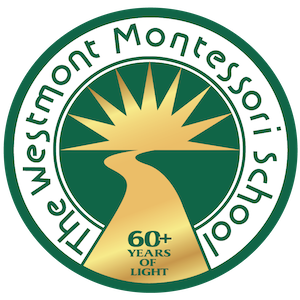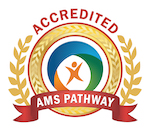“If we are to teach real peace in this world… we shall have to begin with the children.”
—Mahatma Gandhi
Montessori education has often been referred to as “peace education” and Maria Montessori herself was at the forefront of global peace advocacy and education, recognized during her time and throughout history as a spokesperson of the power of peace. In fact, she was thrice nominated for the Nobel Peace Prize.
A wise believer in the power of the child, Montessori advocated for the creation of “… an environment that will promote the development of peaceful individuals.”
[i] Montessori environments are thus characterized by a special emphasis on living in harmony and respecting the rights of others.
Anyone who has visited a Montessori classroom has discovered the magical way that peace and harmony prevail in a classroom bustling with dozens of little hearts and minds of varying ages and at various stages of development. And for those who have pondered how this is possible, Montessori lends her insight: when work and concentration on activities appropriate for the child’s stage of development are protected, the potential for optimum development is seen in ways previously not thought possible. Montessori herself referred to this development process in children as “normalization through work”
[ii] – a process marked by “a love of work or activity, concentration, self-discipline and joy in accomplishment.”
[iii] These characteristics are not imposed by anyone or anything—they are derived by the child through his own efforts when the environment is conducive to and fosters such an experience. The result is joyful learning and a certain inner peace at its heart, filled with self-actualization that comes from the child’s own self-discipline and accomplishments.
September 21 is the International Day of Peace. Today we celebrated Peace at The Westmont Montessori School by talking about why and how we practice peace and kindness and by singing songs together that remind us about how we all live together in harmony. Many children shared what peace means to them: “friendship”, “being kind to others”, “sharing”, and “a dove”.
At Westmont, we practice peace everyday through modeling peaceful behavior and through lessons that expound on the fact that all living creatures are important and interconnected. Today we celebrate the peace that burns brightly within each child and the peace that prevails in our community. How did you celebrate peace today?
[ii] E. M. Standing, Maria Montessori: Her Life and Work, p. 173





